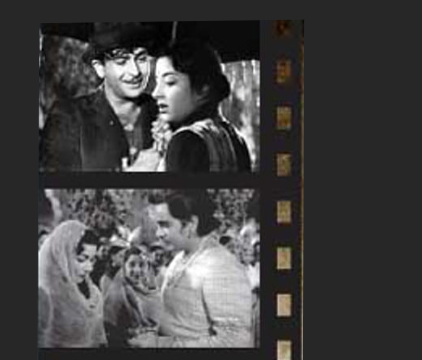


Indian cinema, also known as Bollywood, is one of the largest and most vibrant film industries in the world. With a rich and fascinating history that spans over a century, Indian cinema has played an important role in shaping the cultural and social landscape of India. In this article, we'll take a look at the history of Indian cinema, from its early beginnings to the present day. The origins of Indian cinema can be traced back to the late 19th century, when short silent films were produced and shown in traveling tent cinemas. The first full-length feature film in India, “Raja Harishchandra,” was released in 1913 and marked the beginning of a new era in Indian cinema. Over the next few decades, the Indian film industry grew and evolved, producing a number of popular and influential films. One of the most important developments in the history of Indian cinema came in the 1930s and 1940s, when the first sound films were produced. These early “talkies” were a huge hit with audiences and marked the beginning of the Golden Age of Indian cinema. During this period, a number of legendary film stars emerged, including Raj Kapoor, Dilip Kumar, and Madhubala, and Indian cinema became a major cultural force in the country. The 1950s and 1960s saw the emergence of new film styles and genres, including musicals, dramas, and action films. This period was characterized by the rise of a new generation of filmmakers, including Satyajit Ray, who brought a new level of artistic and technical sophistication to Indian cinema. Ray's “Pather Panchali” was a landmark film that helped to establish Indian cinema as a major force in world cinema. In the 1970s and 1980s, Indian cinema continued to evolve and change, driven by new technological developments, changing audience tastes, and a growing global influence. This period was characterized by a number of groundbreaking and influential films, such as “Sholay,” “Deewar,” and “Salaam Bombay!” which set new standards for Indian cinema and helped to establish it as a major player in the global film industry. Today, Indian cinema is one of the largest and most vibrant film industries in the world. With a rich and diverse film culture, Indian cinema continues to play an important role in shaping the cultural and social landscape of India. From its early beginnings to the present day, Indian cinema has been an essential part of Indian life, and its impact will continue to be felt for generations to come. In conclusion, the history of Indian cinema is rich and fascinating, marked by numerous technological, political, and social developments. From its early beginnings to the present day, Indian cinema has played an important role in shaping the cultural and social landscape of India, and its impact will continue to be felt for generations to come. With a rich heritage, a vibrant film culture, and a talented and creative community of filmmakers and actors, Indian cinema is poised to continue to grow and evolve in exciting new directions.